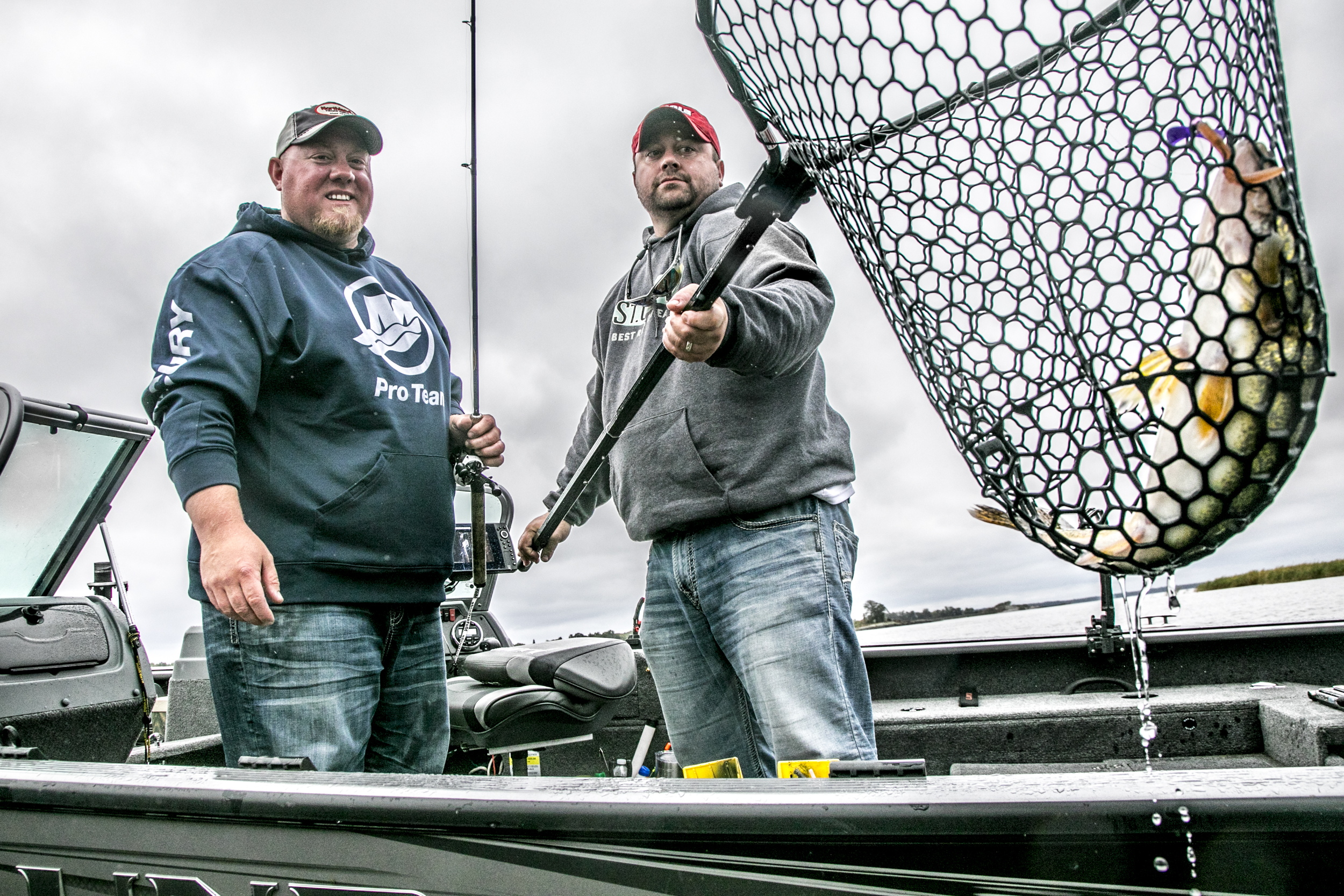I grew up next to two “cricks,” one of them being closer to a trickle, the other maybe more appropriately named a creek. The two eventually joined, but no matter where we fished along them, the experienced was a hands-on activity. Worms were dug, grasshoppers were caught, and most of the fishing involved wading and an eventual swim. It’s rewarding to see my boys enjoying the same parts of the crick that I did, as they dig some bait and head down to fish for whatever bites.
Most times, the quarry is simply a good time. Meaning they drown some angle-worms they found in the compost pile, catch whatever array of stream minnow species they can find, and eventually find the deepest hole to jump in. It doesn’t always happen in that order, especially when the burning nettles rake across uncovered skin, or the weather is plain hot and buggy. Then the swim usually happens first, and fishing upstream happens next on account of all the muddy water running downstream.
Other times yet we’re after trout and the whole game is more serious. We’re looking to make the perfect cast on a 45-degree angle upstream, as current washes our spinners along a grass undercut or current seam. Most of our success comes incidentally while fishing for chubs and such, but there’s times where we catch a few trout actually trying to. I’ve yet to show my oldest son Isaac how to raise the biggest browns during the day, covering ground and marking holes, only to come back during low light to catch them. Mostly that’s because with trout especially, I think you have to walk before you run, as the slightest mis-step, bad cast, or wrong movement can end your chances for that specific hole. Especially if the water is running clear.
Of course much of the fun are the adventures, stories, and days happenings that I hear from my kids when they head down to the crick themselves. A few days ago, I had to visit a specific spot on the streambank to verify that there wasn’t a black bear in the area. Instead, it was a few deer that stood near each other to drink in perfect alignment. As their hooves splayed symmetrically side by side, the mud looked as if marked by claws.
Dating back to my own youth, we’ve had run-ins with skunks, mad geese, even some upset beavers. Perhaps the scariest was during the snapping turtle mating season, or so I was told, when we waded a small section to fish a deep hole below us. Upon climbing up the bank to leave, we turned back to see two garbage-can-lid sized snappers, locked together shell to shell in a prehistoric embrace. They were rolling in the river exactly where we were standing, probably too preoccupied to care what we were up to. It was spooky nonetheless, especially to my kids.
Probably what I enjoy about the crick more than anything is the simplicity of the fishing and self-reliance it requires. Bad casts are typically rewarded with a free cool-down as the offender wades to retrieve the lure. Deep snags or anything unsafely dislodged means you’re intentionally breaking the line and learning how to tie knots. A cast in the weeds means everyone ducks and is glad they were wearing eye protection. All these lessons from a simple cast.
While not as challenging to catch as the trout, I’ve seen chubs, river shiners, and simple suckers reduce grown men to near tears as they fumble with micro jigs as mosquitos, tall weeds, and steep banks mess with them. These minnows don’t live just anywhere along the streambank, they’re focused on outside turns, current seams, woody cover, and undercut banks like the trout are. Reading water for me started as a kid both fishing and wading through areas that held these minnow species.
In those days, the small crick wasn’t a trout stream, so we were legal to seine minnows, something my own kids love to do as well. They actually prefer the crayfish, taking turns to see who gets pinched first, daring one another to put one on their nose and the like. It’s funny that later in life as a college student, many of my fisheries courses went back to wading in similar rivers trying to find those same species of minnows. We were stream naturalists without even knowing it, learning as we went, at times even finding freshwater lampreys. Of course, we had no idea what they were at the time, but spent some hours looking through old encyclopedias until we came across a similar looking sea lamprey.
These days, the answers to so many of those questions we once had on what bug is this, or what minnow is that comes at the tips of our fingers. Still, the process of uncovering something brand new to us at the time, then following the path of research to understanding is just as fun now as it was then. Exploring the natural world around us is a great excuse to get out and do some crick fishing, if for nothing else but to get out and enjoy the outdoors. Just make sure to wear long pants until it’s time to swim.





